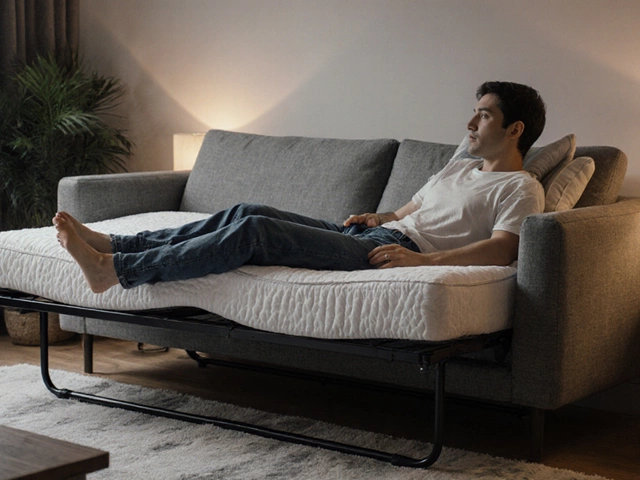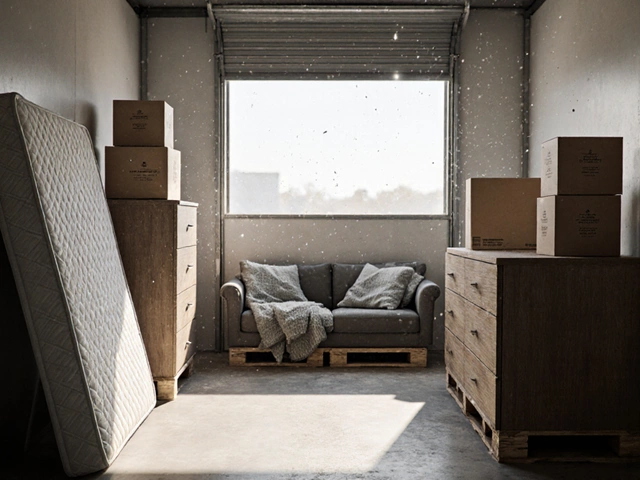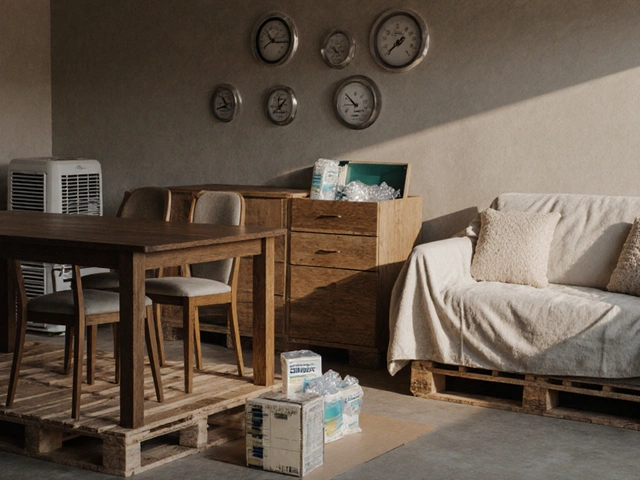Furniture Maintenance Tips: Simple Steps to Extend the Life of Your Home Pieces
Did you know a couch can lose its bounce in just a year if you ignore a few easy habits? The same goes for coffee tables, wood shelves, and even items you stash in a storage unit. Below are the no‑nonsense tricks you can start using today to keep everything looking fresh and lasting longer.
Everyday Sofa & Couch Care
First up, your sofa. A quick vacuum on the upholstery once a week removes dust that can wear down fabric fibers. If you have pets, use a washable slipcover – it protects against hair, spills, and those mysterious stains that appear overnight. When a spill does happen, blot (don’t rub) with a clean cloth and a mild dish‑soap solution; harsh chemicals can degrade the finish.
Check the cushions regularly. Rotate them every few months so the weight distributes evenly. This simple move prevents sagging, a problem many homeowners face with cheap frames. For deeper issues, tighten any loose screws in the frame – a screwdriver and a few minutes can stop a couch from wobbling and keep the structure solid.
Protecting Tables, Wood, and Outdoor Pieces
Wood coffee tables look great, but they need a bit of love. Keep a coasters or felt pads under glasses and hot dishes to avoid heat rings and scratches. If the wood looks dry, a light coat of furniture polish or a dab of natural oil restores shine without building up a sticky layer.
Outdoor garden furniture faces rain, sun, and mildew. Store cushions in breathable bags and apply a weather‑proof spray to metal frames at least twice a year. When the forecast calls for heavy rain, cover the set with a fitted tarp – a cheap solution that stops rust and swelling.
Storing furniture? Measure the space first; a 10x10 storage unit comfortably fits a standard three‑seat couch with room for a coffee table, but larger sectional pieces need a larger unit. Wrap each item in bubble wrap or moving blankets, and add a moisture‑absorbing packet to keep mold at bay. Keep the unit upright, not leaning, to avoid warping.
Finally, watch for mold in any damp storage area. A simple mix of vinegar and water sprayed onto surfaces kills spores before they spread. Let everything dry completely before sealing the unit again.
These quick habits—vacuuming sofas, rotating cushions, using pads on tables, weather‑proofing outdoors, and packing smartly for storage—add up to big savings. You’ll spend less on repairs, enjoy a cleaner home, and your furniture will stay comfortable and stylish for years to come.
Do You Need to Cover Patio Furniture Every Night?
Learn why covering patio furniture nightly protects it from rain, UV and mold, discover the best breathable covers, and get a step‑by‑step guide plus FAQs.




